You might wonder what BLTN stands for. Although I have been unable to find either the time or the energy required to work on my pictures and create new posts, it did not prevent me from thinking about it. And it has been bothering me a lot that I have amassed so many interesting pictures, but nobody have seen them. That’s why today, I am finally coming out of my silence, and have in mind to try to do some catching up. So I will be publishing pictures that I took in the past, and therefore all such posts will be prefaced with BLTN, or Better Late Than Never. The date before BLTN will be the post date, and the date(s) after will be when the pics were taken.
Today the post is concerned with another trip I took with my friend Rowshan to the desert. This happened on August 5 and 6, 2022. We encountered the usual rattle snake but also some creatures I had never seen before. I wonder if you ever have come to think about it. Don’t be afraid, tell us what you saw, what was your reaction. That’s what that “Comments” box at the bottom of this page is for 😉
Today we have 9 pictures. Click on the first thumbnail, that will open the slide viewer. Then you can navigate with the arrow keys. Each picture comes with a comment which you can disable.
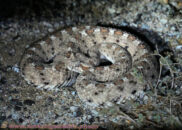
First we have a close-up on a California carpenter bee. According to the general Wikipedia article about the family of Carpenter bees, they have been named carpenter due to their burrowing into wood to make their nest.
One particular attribute of the California carpenter bees is that they are one of the rare insect which can fly in temperatures as high as 48°C (118.4°F). Of course, at such high temperature they will be limited to short flights.
The second pic is the butt of a beautiful mule deer which I was trying to get close to. He decided that I was just too close and that’s the only decent picture I could get of him. Still I like the “in flight” action aspect of that pic.
The next three photos are my first of bighorn sheep. To my dismay I saw that a lot of these sheep now have huge ugly tags attached to them. I felt like it’s not enough that we are destroying the environment, we also have to make the animals less photogenic.
Anyway, as the Wikipedia indicates, “the population in North America peaked in the millions, and the bighorn sheep entered into the mythology of Native Americans. By 1900, the population had crashed to several thousand due to diseases introduced through European livestock and over-hunting.”
Then, we have our regular friend in these pages, the rattlesnake. More specifically in this case it is a Colorado desert sidewinder (I erroneously had labeled a Western diamondback rattlesnake. This link will allow you to see the differences. Thanks Rowshan for the correction!). The Wikipedia page points out that it is only a member of a larger family, the Crotalus cerastes, known as the sidewinder, horned rattlesnake or sidewinder rattlesnake.
We caught this one trying to cross the road. Fortunately Rowshan was careful to avoid him and he had to use a stick to make him move away from the road.
And finally we have one strange creature which I had never seen before: the solifuge. It is more commonly know as the camel spider or wind scorpion. The funny thing is that as the article tells it, even though it belongs to the family of arachnids, it’s neither a spider nor a scorpion. This particular specimen surprised me by both its size and its speed. I didn’t measure it, but I think it was about 6 cm long (2.5 inches), so not a big one, considering that these creatures can reach 15 cm (6 inches).
In the last picture, one might think that it has 10 legs. But the 2 first “legs” are actually pedipalps. Here is a more detailed explanation from the Wikipedia article: “The pedipalps of the Solifugae function partly as sense organs similar to insects’ antennae, and partly in locomotion, feeding, and fighting. In normal locomotion, they do not quite touch the ground, but are held out to detect obstacles and prey; in that attitude, they look particularly like an extra pair of legs or perhaps arms.”
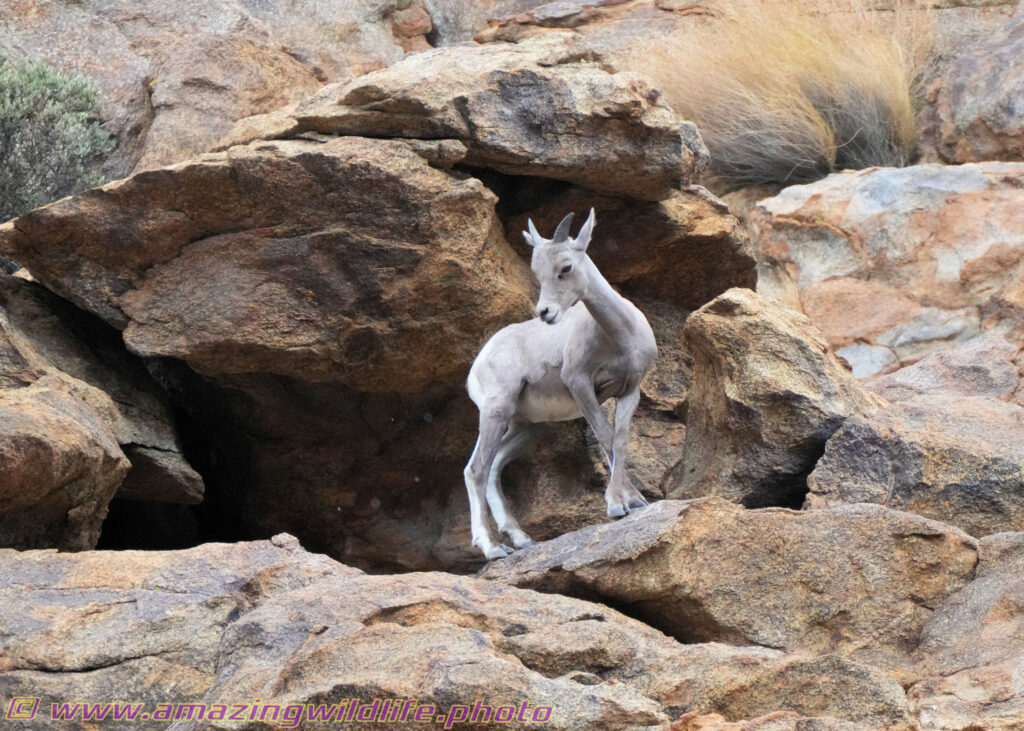
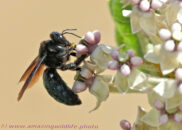
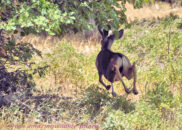
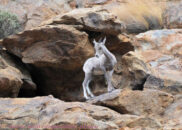
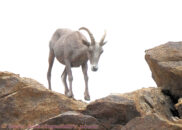
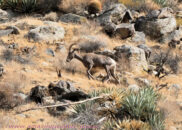
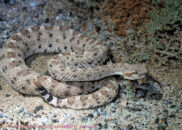
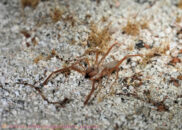
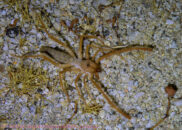
Oh woah!!! You’ve been keeping these amazing photos from us for so long! I try not to shame people but SHAME! I love the young bighorn along with the camel spider. I wish I had taken a photo of a spiderish type thing I caught in our house that looked very similar albeit smaller. I will never know what species of what it was…
hahahhahh… yeah, but do not forget, I have been working hard for my company, and attending to other needs of the society around me. It didn’t leave much room for all the work that goes into such posts.
Anyway, I am hoping to post Part 2 next weekend.
Wahou! ces photos sont magnifiques, j’ai adoré les guêpes maçonnes et les mouflons qui sont adorables ( on dirait des chèvres) Mais alors les araignées… je n’aimerait pas me trouver nez à nez avec l’une d’entre elles lors d’une randonnée. Dans la Drôme nous rencontrons régulièrement des scorpions et autre scolopendre (qui adore se cacher dans les douches) ça me suffit! Anyway… good job !
Merci bien Ariane. Attends de voir la toute petite créature qui sera dans la deuxième partie. De quoi te poser des questions sur la nature de la beauté car si sa couleur est magnifique, sa forme n’inspire aucun attrait. Je ne t’en dis pas plus 😀